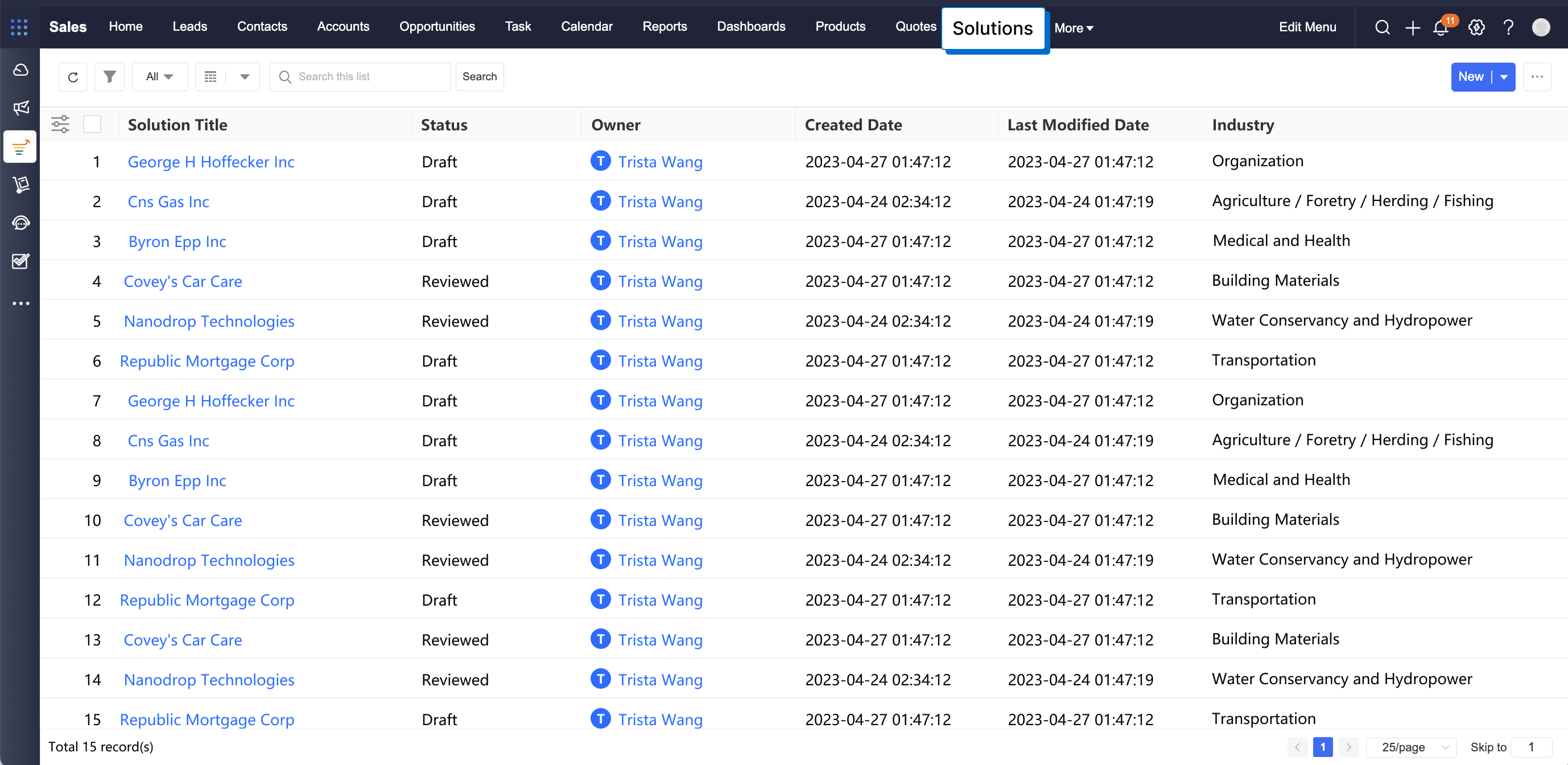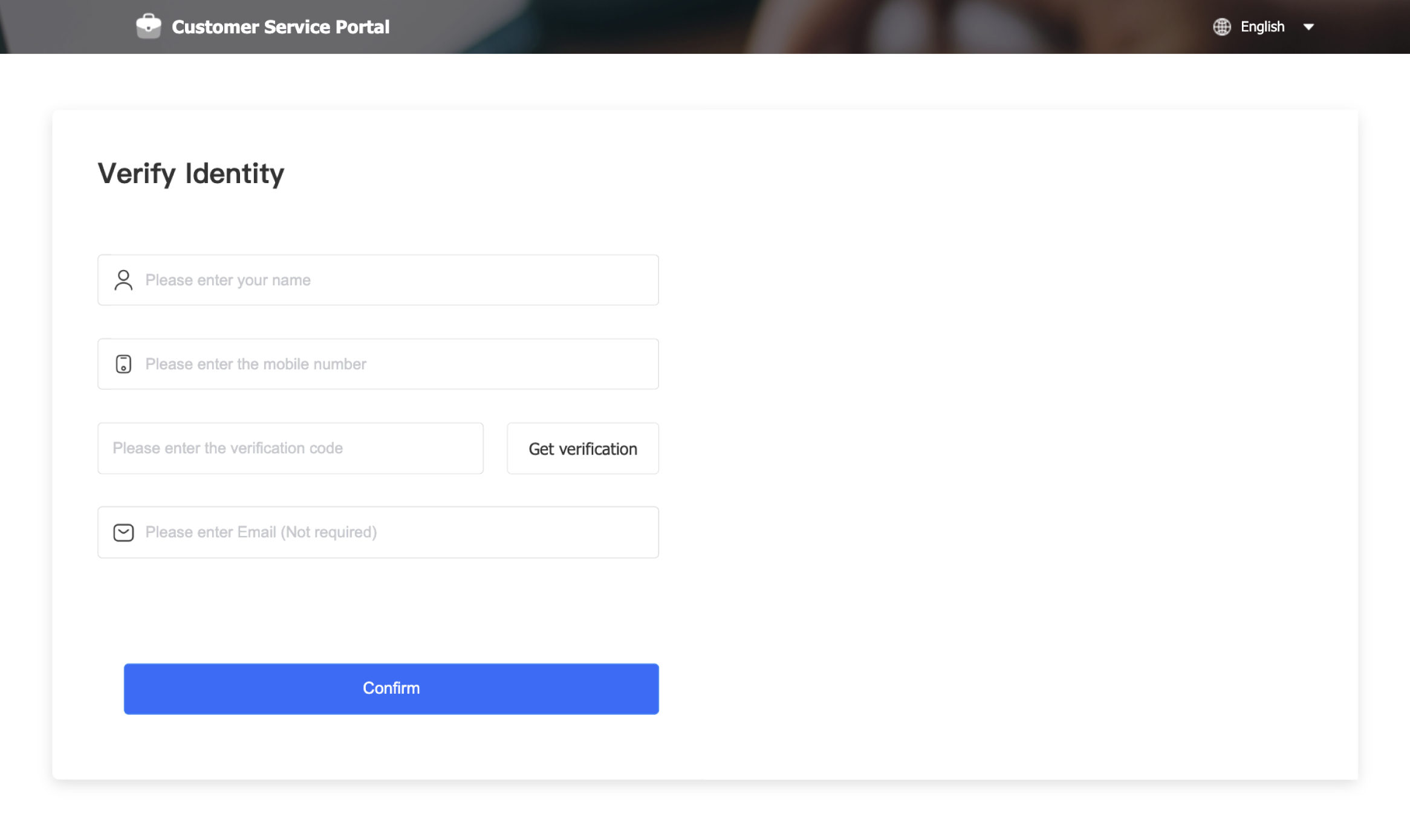
Acquire High-Quality Customers with CloudCC CRM
Lead management is one of a CRM system's core functions and the key to higher performance. In real-world practice, various factors always affect lead management efficiency.
The challenges are how to obtain more valid leads, how to accurately identify customers with strong intentions, and how to accelerate the conversion with less investment in resources.
A sales lead is the primary information when encountering a customer. It could be a business card from an expo, a phone number from a campaign, or simple information from a conference, an advertisement, or a purchase. The information is eventually turned into an account through the management and following up.
CloudCC CRM has a pipeline for lead management of acquiring, assigning, following up, evaluating, nurturing, and analyzing & optimizing until the leads are mature enough to complete contracts.
Step 1. Acquire a Lead
Acquiring a lead (usually a phone number) is the first step of lead management. A lead can be acquired or manually imported to the system with the CloudCC Web to Lead function.
Step 2. Assign a Lead
A lead must be followed up after being acquired. The system can assign the lead according to pre-set rules such as region or product line. The lead is assigned to specific personnel once conditions are met.

Step 3. Follow a Lead
After a lead is acquired and assigned, it has to be followed up for more information such as the name of the enterprise, the intended products, and the requirements to assist future scoring. The information to collect varies based on the different types of intended products. Therefore, the information-collecting process can be customized as needed.

Step 4. Score a Lead
A reliable scoring system measures various dimensions to evaluate the possibility of purchasing. The dimensions may include the job title, the scale of the enterprise, the budget, the actions taken, the goals, and the aim of the business.
Cold (0 to 30):Usually the leads with only the phone numbers.
Warm (31 to 60):The leads that showed interest and are willing to inform you of the names of the companies, the intended products, and essential demands. Warm leads are usually followed by corresponding strategies to improve the possibility of turning into Hot leads.
Hot (61 to 90+):The customers are willing to purchase. Hot leads are highly likely to complete the contracts.
Step 5. Nurture a Lead
A high-quality lead is provided with corresponding solutions and potential advantages based on the intention shown. Free trial of the products is also helpful to raise interest.













